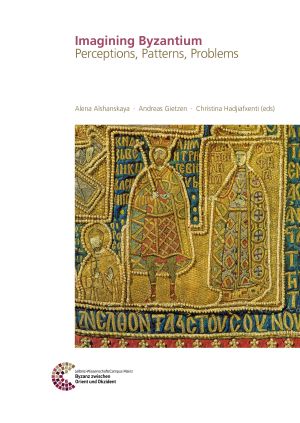Prinzing, Günter
Imagining Byzantium: Perceptions, Patterns, Problems
Byzantium the other. Byzantium the pompous. Byzantium the eternal. The mere existence of this empire with his rich history and otherness from western European traditions spurred the minds of scholars, noblemen, politicians and ordinary people throughout its survival and long beyond its final downfall in 1453. Neglecting its great political and cultural influence on neighbouring countries and beyond, Enlightenment writers stripped Byzantium of its original historical reality and thus created a model, which could be utilised in very different constructs, stretching from positive to absolutely negative connotations. With the rise of new nationalisms, primarily in Eastern and Southeastern Europe, and the associated politically inspired historical (re)constructions in the 19th and 20th century, the reception of Byzantium gained new facets, its perception reached into new dimensions. In this volume, we would like to shed some light on these patterns and the problems they entail, and show the different ways in which »Byzantium« was used as an argument in nation-building and in constructing new historiographical narratives, and how its legacy endured in ecclesiastical historiography.
Der Doppeladler: Byzanz und die Seldschuken in Anatolien vom späten 11. bis zum 13. Jahrhundert
The Rum Seljuk Empire had emerged after the devastating Battle of Manzikert in 1071 in the previously Byzantine Anatolia. Until its dissolution in early 14th century it was the Byzantines’ most important neighbor on their Eastern border. The Rum Seljuk Empire combined Seljuk and Greek-Orthodox populations. Thus it was in close contact with Byzantium: Especially trade, the exchange of artists and marriages defined these relations. These social and political links as well as the ethnic and religious tolerance that shaped the coexistence of different groups in the Rum Seljuk Empire built the foundation for great art. At the same time we only know little about the Rum Seljuks and their interaction with the Byzantines so that the impression, that there had not been any cultural exchange between them, still prevails.
This conference volume presents the results of an interdisciplinary congress that took place October 1.-3, 2010 in the Römisch-Germanisches Zentralmuseum Mainz. The congress intended to discard this impression and initiate a discussion about problems concerning the Byzantine-Seljuk relations.








